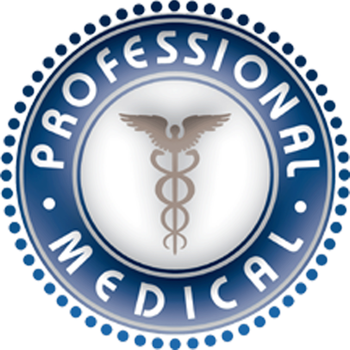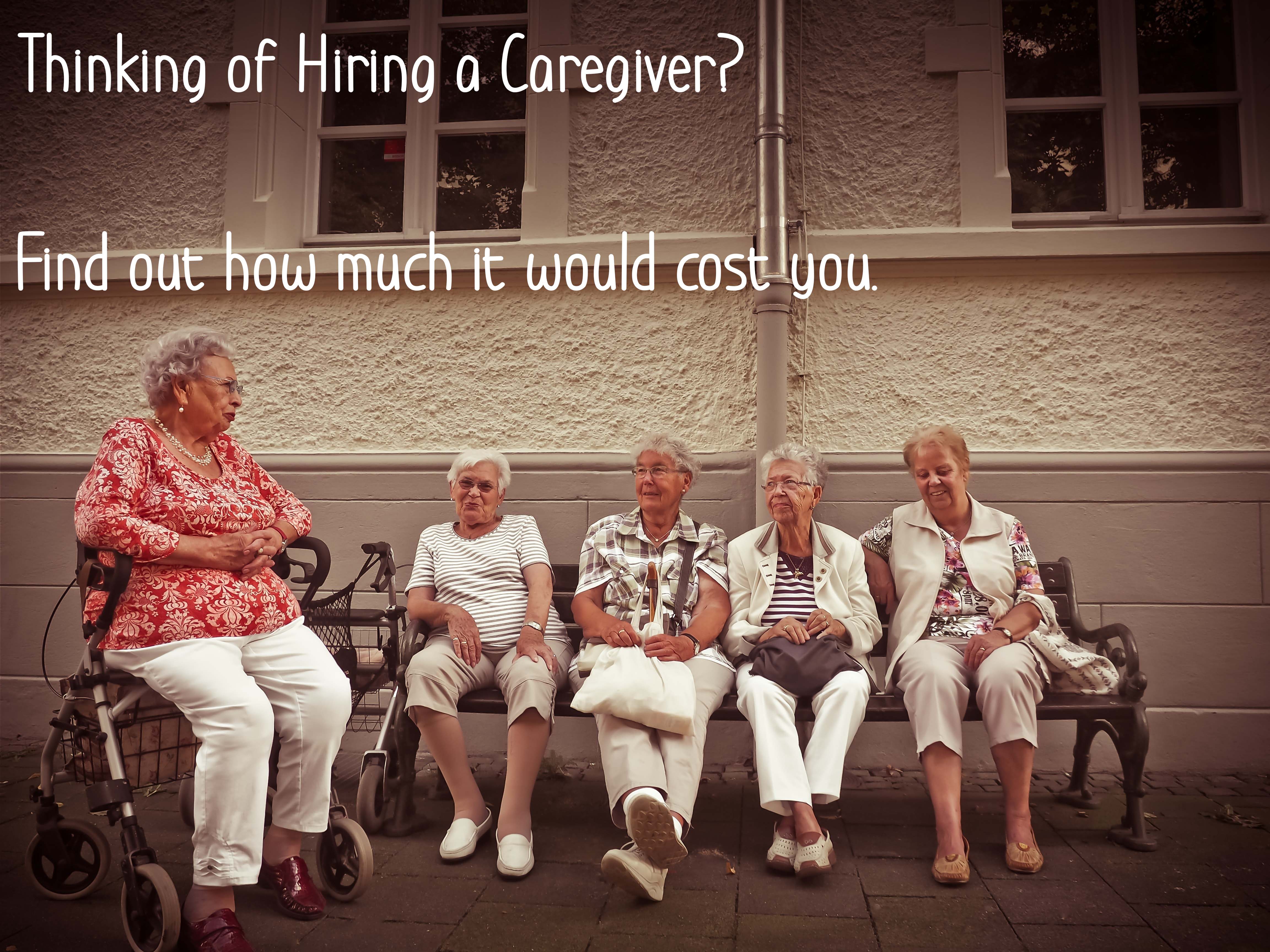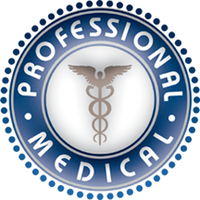Which Health Screenings Do You Really Need?
 As we push into our 50s and beyond, routine screenings to detect health problems become more and more important. Often, the earlier a problem is detected and diagnosed, the earlier it can be successfully treated or managed. Screenings are a critical part of protecting our health. But which tests do we really need, and when? And how do we weigh their benefits against any risks?
As we push into our 50s and beyond, routine screenings to detect health problems become more and more important. Often, the earlier a problem is detected and diagnosed, the earlier it can be successfully treated or managed. Screenings are a critical part of protecting our health. But which tests do we really need, and when? And how do we weigh their benefits against any risks?
The following screenings are recommended for people age 50 and older on a routine basis—that is, for people without symptoms or special risk factors for a given disease. The list is based on guidelines from the U.S. Preventive Services Task Force, a panel of experts in prevention and medicine that, after careful review of scientific findings, issues advice meant to guide medical care broadly, but not to determine individual cases.
Prostate cancer: PSA
The test: a blood test known as the prostate-specific antigen test or PSA.
The guidelines: The task force recommends against the PSA screening in men age 75 and older, and concludes there is not enough information to recommend for or against the test in younger men. The American Urological Association says the test should be offered to “well-informed men who wish to pursue early diagnosis,” starting at age 40 and as long as a man’s life expectancy is at least 10 years.
What to consider: Autopsy studies have shown that roughly one in three men over age 50 has cancer in the prostate gland. Clearly many of these prostate cancers would never cause a problem or be discovered without screening. But if a cancer is detected through a PSA test and follow-up biopsy, it’s not easy to tell how dangerous it is, and the momentum carries most patients into aggressive treatments like surgery, radiation or hormone therapy, whose common side effects are impotence and incontinence.
Last year, results from a large European trial showed a 20 percent reduction in prostate cancer deaths among men screened for the disease. This benefit (which was not confirmed by a U.S. trial published at the same time) came at a high price: For every life saved in the decade after screening, the investigators concluded, 48 men were subjected to needless treatment for prostate cancers that would not have harmed them.
Breast cancer: mammogram
The test: a mammogram, which is a specialized x-ray of the breast.
The guidelines: The task force calls for women between ages 50 and 74 to get a mammogram every two years, saying there’s not enough evidence to support a recommendation for or against the test later in life. But the American Cancer Society advises annual mammograms beginning at age 40 and continuing as long as a woman is in good health.
What to consider: The prevention task force, in making its recommendations, looked at clinical-trial data showing a 15 percent reduction in breast cancer deaths as a result of mammography screening among women in their 40s, 50s and 60s. It weighed this benefit against potential harms, including the stress of a false positive leading to further testing, but also the possibility of “overdiagnosis”—the identification and, presumably, treatment of cancers that would not have become a problem during the woman’s lifetime. Estimates of overdiagnosis vary widely. One recent analysis by Danish researchers claimed that as many as a third of breast cancers identified through screening programs would not have caused harm; the task force analysis reported rates of between 1 and 10 percent.
For women in their 40s, when breast cancer is less common and false positives more likely due to dense breasts, the task force concluded the drawbacks of mammography outweighed the benefits—a highly controversial 2009 decision.
For women age 75 and older, the issue is partly a simple lack of data to support a benefit from screening, says Mara Schonberg, M.D., of Beth Israel Deaconess Medical Center in Boston, whose research focuses on decisions about mammography among older women. In addition, as life expectancy wanes, harms may outweigh the benefits of early detection and treatment of cancers that may be slow-growing.
Colorectal cancer: sigmoidoscopy or colonoscopy
The tests: A fecal occult blood test simply requires a stool sample to check for blood. In two other screenings—sigmoidoscopy and colonoscopy—you must drink a preparation that purges your system. Then the doctor inserts a thin tube equipped with a tiny camera into the bowel to look for precancerous or cancerous growths. A sigmoidoscopy inspects only the lower colon, but a colonoscopy examines the entire colon.
The guidelines: The task force recommends screening with any of the three tests for people ages 50 to 75. Testing regimens, it says, can include a yearly fecal occult blood test, a sigmoidoscopy every five years with fecal occult blood testing every three years, or a colonoscopy once a decade. Another group, the U.S. Multi-Society Task Force on Colorectal Cancer, ranks the screening methods, saying tests like fecal occult blood screens can detect early stage cancers, but the colonoscopy is considered a method for prevention.
What to consider: Scientific evidence supports the lifesaving potential of both fecal occult blood tests and, to an even greater extent, sigmoidoscopy, which may reduce colorectal cancer deaths by more than 40 percent. For years colonoscopy has been considered the gold standard of colon cancer screening in the United States, because it looks at the entire colon. But recent observational studies cast doubt on whether colonoscopy cuts mortality any more than the simpler sigmoidoscopy. Patient preference is key because both of these tests are more rigorous than many other health screenings. Sigmoidoscopy requires somewhat less purging of the bowel beforehand, and generally no sedation, so the patient can get home unaided. On the other hand, some patients may prefer the sedation that helps them remain relaxed or sleep through a colonoscopy.
The bottom line, says Sidney J. Winawer, M.D., a gastroenterologist at Memorial Sloan-Kettering Cancer Center in New York and former chair of the Multi-Society Task Force, is that any of the recommended tests is far better than no test at all. “The best test is the one that gets done well,” he says.
Heart disease: blood pressure, cholesterol, blood sugar, weight
The tests: blood pressure and weight measurements, blood tests for cholesterol and sugar levels; ultrasound exam for abdominal aortic aneurysm.
The guidelines: The experts recommend getting your blood pressure checked at least every two years, your cholesterol checked regularly as determined by your doctor, and your blood sugar tested (a screen for diabetes) if you have high blood pressure or, for men, elevated cholesterol. People at heightened risk for dangerous abnormal enlargement of a large blood vessel in the abdomen that feeds blood to the entire body—men ages 65 to 75 who have ever smoked—should be checked for that with a one-time ultrasound.
What to consider: If there’s a no-brainer when it comes to medical screenings, the basic cardiovascular health checks are it. High blood pressure, for example, is usually asymptomatic; the test for it is reliable, quick and harmless; and managing the condition with lifestyle changes and drugs can head off very serious consequences like stroke.
Abdominal aortic aneurysm is likewise a silent killer, treatable with surgery or stents, says Gary Balady, M.D., director of preventive cardiology at Boston Medical Center.
Doctors also should ask about smoking and physical inactivity, key risk factors, Balady adds.
On the other hand, the host of sophisticated cardiovascular screenings often promoted in the so-called executive physical may do more harm than good when used to screen people with no symptoms or marked risk factors. In these folks, for example, a cardiac stress test is more likely to yield a false positive—to suggest a problem where none exists—leading to more testing, potentially including invasive procedures, says Balady.
Depression: questionnaire
The test: Usually a questionnaire, possibly even a simple two-part question asking whether, in the last two weeks, a person has “felt down, depressed or hopeless” or “felt little interest or pleasure in doing things.”
The guidelines: The experts recommend primary care doctors screen adults for depression—but only if those doctors have trained staff available to ensure appropriate follow-up and referrals for treatment. Many do not.
What to consider: Depression is common, treatable and often overlooked because it is incorrectly viewed as a normal part of aging or the inevitable result of having another chronic illness. But the data the task force examined in making its recommendation seemed to suggest that screening itself isn’t the critical piece—it’s the quality of follow-up care that matters, says Mark Snowden, M.D., medical director of geriatric psychiatry at the University of Washington at Harborview Medical Center.
Finding hidden disease can be a huge advantage—but not always. Screenings are useful when early detection—finding something before symptoms appear—leads to effective treatments that in turn lead to better outcomes like a longer life or less illness and suffering. With cervical cancer, early detection makes all the difference. By contrast, doctors could find additional lung cancers by screening apparently healthy patients, but this has not been shown to help people survive the disease.
Article courtesy of Katharine Greider for AARP. Edited for length.
- Tags: Aging & Wellness
- Professional Medical














Comments 0